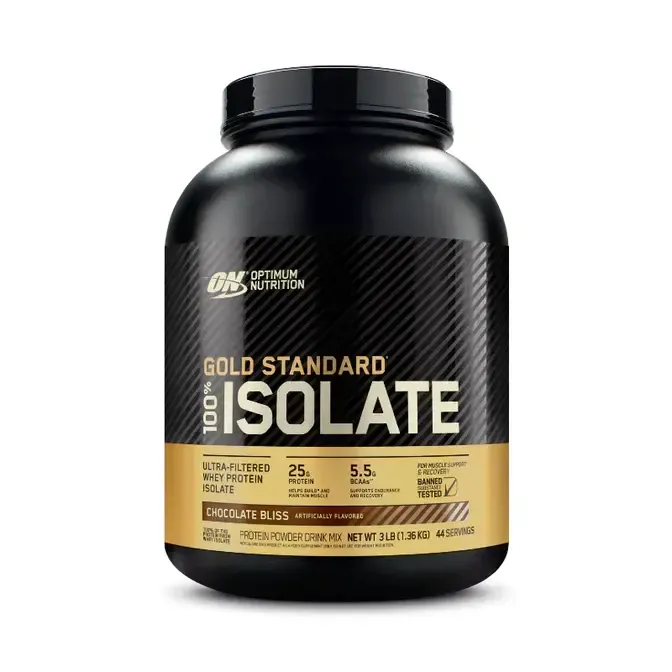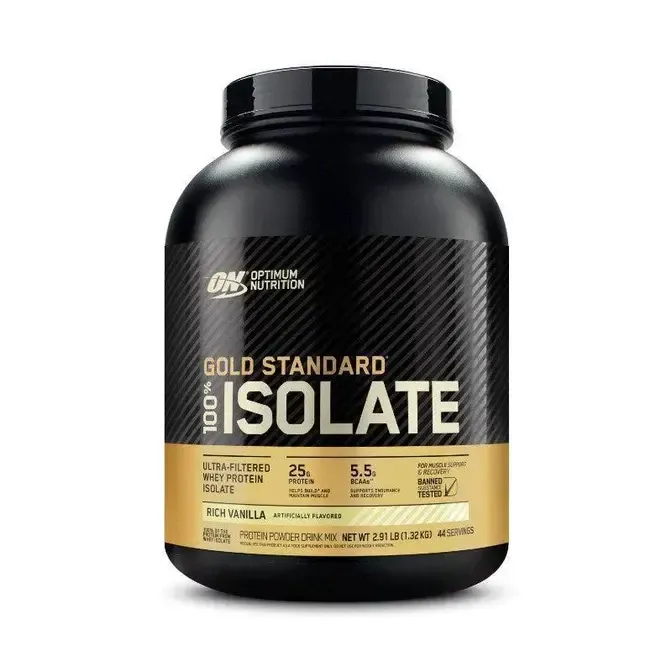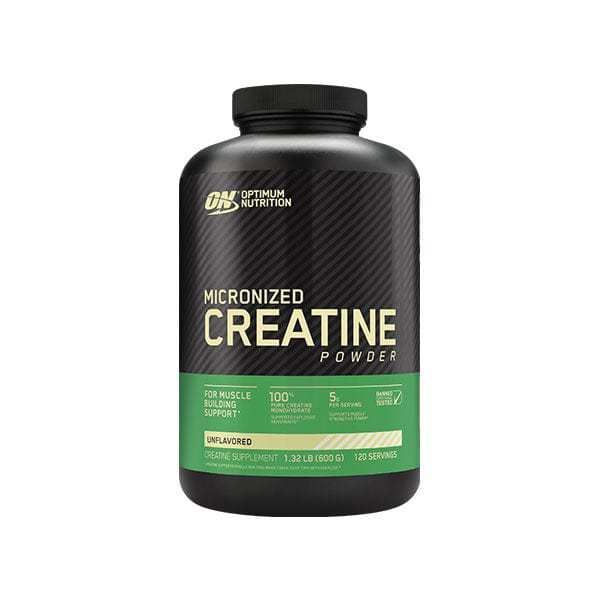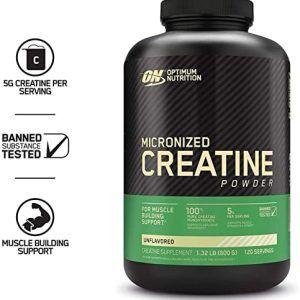Overview
Whether you are moving towards a balanced diet, keeping an eye on your weight, or simply eating to remain fit, nutrition is of prime importance in your diet.
Alas, it is only once you perfect your nutrition that you can become the fittest version of yourself. But perfecting your diet is easier said than done, especially when nutrition labels are becoming increasingly difficult to decipher.
Let me help you understand what the numbers on your nutrition labels mean!

Know Your Serving Size
Serving sizes is a complex task to wrap one’s head around. However, nutrition labels’ serving sizes are straightforward.
On top of each nutrition label, a serving size is mentioned.
Here are a few things you must look out for:
- Is the serving size given for the entire packet or container, or is it for one portion only?
- Does the packet mention number of servings that one container can make?
- Are the number of grams mentioned for one serving or all servings?
Be mindful of reading the serving size guide, and more than half of your concerns related to eating below or above the caloric requirements would resolve themselves.
However, know that the serving sizes are not a recommendation of how much you should eat. It’s a generic calculation of the number of servings the product makes, or the nutrients present in a typical serving.
Count The Calories
The second most important, and usually appearing after the serving size, is the calorie count.
Each calorie is the energy needed to raise the temperature of a certain amount of water. I am sure we all hated Chemistry classes. So, I’ll break it down for you:
A calorie is the most basic and fundamental metric of energy for us. Each calorie we consume is a cell that fuels our body.
Thus, calories are essential as they show how many calories we can expect from our serving.
While calories are important, they are not always visible. Some products, especially those that have a high number of calories, sneakily hide the calorie count by placing it in the corner.
If there’s one thing you can take away from this guide is this: be smarter than the food manufacturers!
Devour the nutrition labels for each piece of information, and just like me, you would be able to monitor nutrition levels like an expert.
Moreover, as you increase the number of servings, the calories you consume increase proportionately. For example, if one serving has 400 calories, consuming two servings would mean consuming 800 calories!
Recommended Percentages
Food & Nutrition regulatory authorities require food companies to educate consumers and be transparent.
This is done by printing what percentage of daily nutrition requirements are fulfilled by the product, whose nutrition label you are reading.
While the quick guide to percentage daily value is an easy way for many to track daily nutrition information, it is not always reliable.
When I started my fitness journey, I read the nutrition labels religiously and considered the percentage daily value chart as the holy grail. Despite my consistency with reading labels, I continued to lose weight.
What was I doing wrong? Did I misread the labels, or did the company misprint the numbers? It was not possible for me to eat so much yet continue to lose my muscle mass.
Then, it struck me!
Every person has a different metabolism. Thus, the percentage daily value chart was not applicable for someone like me who lifts heavyweights and performs high intensity cardio workouts. Moreover, I found out that the nutrition labels are created for a general audience that consumes around 2000 calories on average.
Therefore, if you eat less than 2000 calories or more than 2000 calories, the percentage contributions given in the nutrition labels will be different for you.
To determine how many calories you should eat, to either increase or decrease your body weight depending on your goal, you can Google a calorie counter and determine your body’s daily requirements.
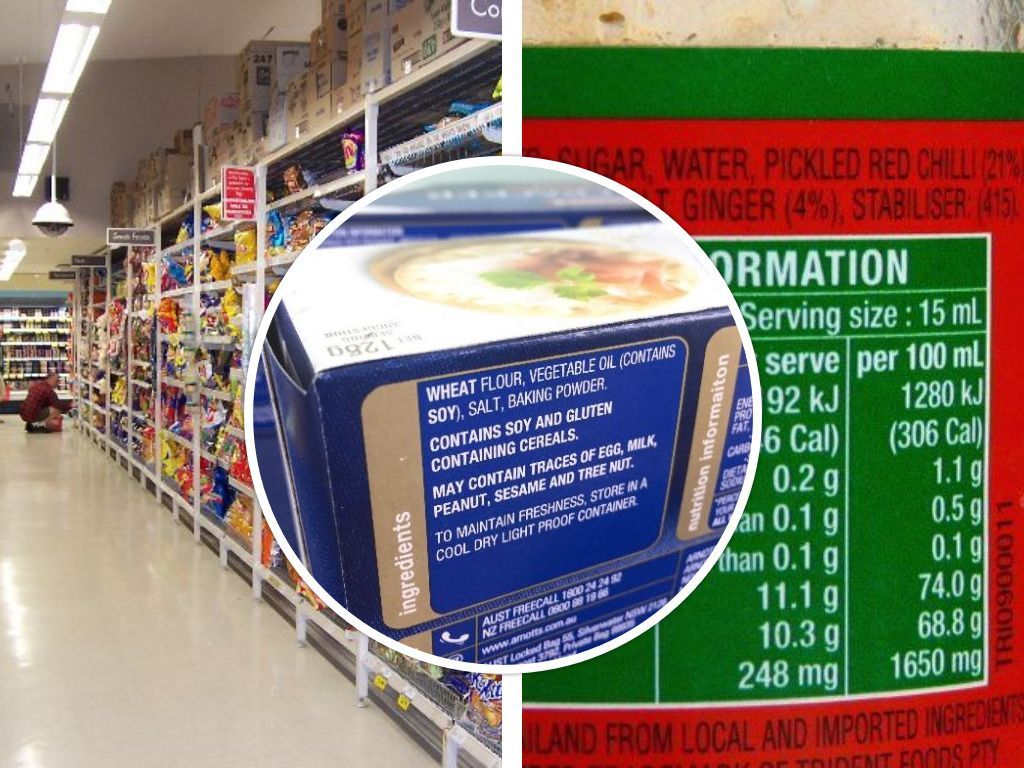
Nutrients Are Important
Next up, the label shows you all the nutrients – both macro and micro – present in the food.
You should look for foods that have more healthy than harmful nutrients.
But how do you find that out?
Read my guide below:
· Total Sugars
Most of what we eat, including carbohydrates, fuel for our body, is a form of sugar. In a similar essence, all natural sugars are accounted for under total sugars.
These are present in healthy amounts and provide energy.
· Added Sugars
Added sugars are the arch-nemesis and evil twin of natural sugars.
Added sugars are synthetic and processed sugars that are not as healthy and have been linked to obesity, diabetes, and blood pressure issues. Yet, not all added sugars are equal.
Some added sugars are obtained from honey and maple syrup which are healthy while other sugar, such as refined sugar, is detrimental for long-term health.
· Fats
Fats are difficult to teach about.
Most people demonize fat as something bad. But it is not the complete truth. Fats are healthy for the human body as long as they are consumed within a set limit.
Thus, you should be mindful about fats.
· Fiber
Dietary fiber is needed to allow improved digestion. It is something every food item must-have.
Thus, the higher percentage of the daily value of diet a particular food has, the healthier it is.
Dual Column Labels
It is highly probable that you will come across not just single but dual-column labels. You are likely to find dual-column nutrition labels with foods that are often consumed in more than one serving.
Hence, one column would indicate calories and nutrients in one serving, and the second column would indicate calories and nutrients for the whole package.
Conclusion
While nutrition labels are important, they are not the only indicator to look at.
Listening to your body and how it reacts to different foods and servings is as important as simply reading a label.
Know your purpose of eating well, and the journey to label-reading and deciphering the best diet for you becomes as easy as cake (which probably isn’t the best simile to use right now, haha!).
FAQs About Nutrition Labels on Your Food Packaging
It is common for labels to be missing. A quick Google search of the food item would offer a rough estimate that one can rely on.
Nutrition labels are different around the world. Yet, most labels are easy to read once a person knows how to read different components of a nutrition label.
Most labels are accurate and reliable.
Foods that are pure, such as pure honey, may have labels with only one ingredient.
Nutrition labels are not a guide to nutrition or diet but a disclosure of how much of each ingredient is present in a food item and what percentage of daily requirements the food meets.
LATEST POSTS




